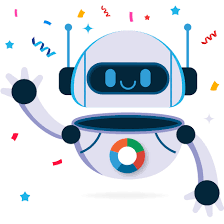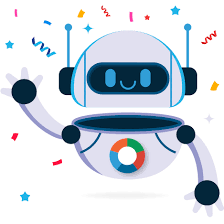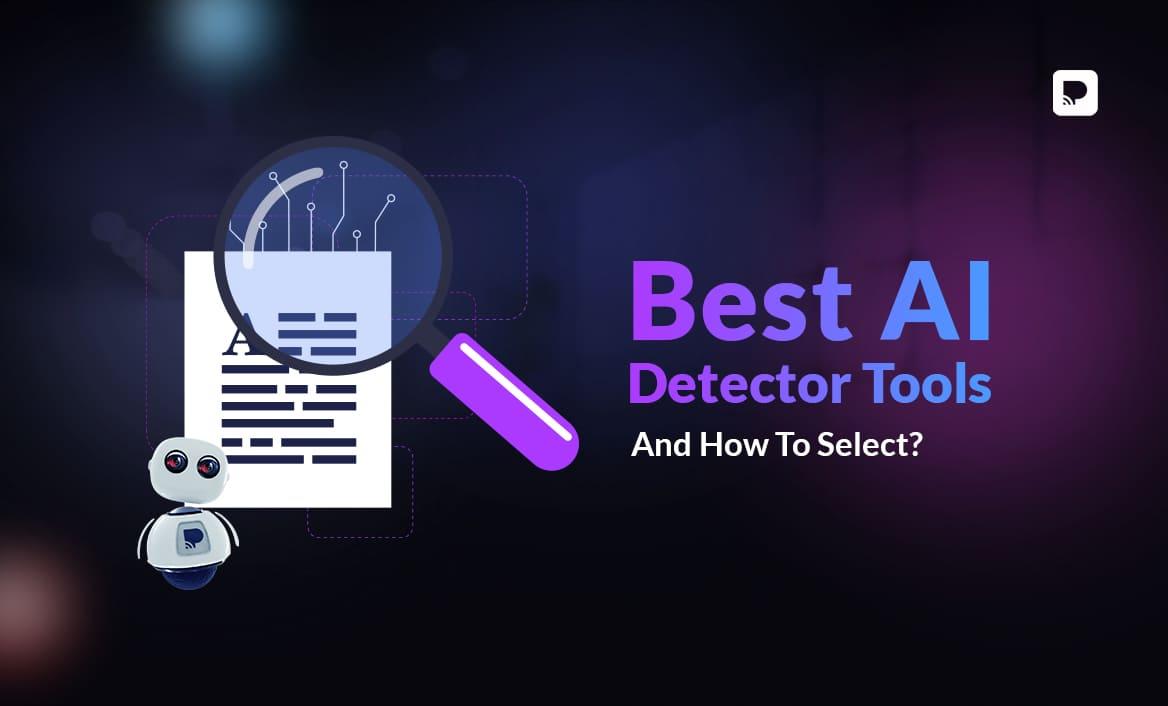In the ever-evolving world of technology, the line between human-made and machine-generated content is becoming increasingly thin. The incredible progress of artificial intelligence has allowed computers to write, design, analyze, and even converse with a level of sophistication that once seemed impossible. While this progress is exciting, it has also raised pressing concerns: How do we distinguish human originality from machine output? The solution lies in a powerful tool known as the AI detector.
What is an AI Detector?
An AI detector is a software or online tool designed to analyze text, images, or other digital content and identify whether it was created by a human or generated by artificial intelligence. These detectors rely on advanced algorithms that examine patterns, word choices, sentence structures, and sometimes even metadata to make predictions about the origin of a piece of content.
For instance, when you read a blog post, an AI detector can tell if it’s likely written by a human author or produced by an AI model. In a world where academic integrity, journalism credibility, and creative originality matter more than ever, such a tool is becoming indispensable.
Why Do We Need AI Detectors?
The explosion of AI-powered platforms has made content generation faster and more accessible. Students may be tempted to use AI to write essays, businesses might produce bulk content using machines, and even online misinformation campaigns can leverage AI to spread false narratives at scale. This flood of machine-created material makes it difficult to maintain authenticity.
Here’s where the AI detector becomes essential:
-
Education Integrity – Universities and schools want to ensure that student work reflects their own knowledge and skills. An AI detector helps educators spot assignments written entirely by machines.
-
Publishing Standards – Writers, bloggers, and journalists often rely on their unique voice. Publishers can use AI detection tools to make sure submissions represent genuine human creativity.
-
Business Transparency – Companies producing marketing content may want to balance AI assistance with authentic branding. AI detectors ensure honesty in communication with customers.
-
Misinformation Control – Fake news and manipulated stories are easier to generate with AI. Detection tools provide a way to filter out harmful content before it spreads.
How AI Detectors Work
An AI detector doesn’t simply scan for “robotic” words. Instead, it works through detailed analysis, such as:
-
Perplexity: AI-generated content often has lower levels of complexity compared to human writing. Detectors measure how unpredictable and diverse the text is.
-
Burstiness: Human writers tend to vary sentence length and style, while AI tends to create more uniform patterns.
-
Context Clues: Detectors examine whether the writing shows deep understanding of context, cultural nuances, or emotional tone—areas where AI can still struggle.
Advanced detectors even compare the suspected text to large databases of machine-generated patterns to deliver more accurate results.
The Challenges of Detection
While the idea of an AI detector sounds like a perfect solution, it comes with its own set of challenges. AI models are constantly improving, which means they’re learning to mimic human writing styles more closely. A tool that works today may not be as effective tomorrow.
Additionally, false positives—when a detector wrongly labels human writing as AI—can create unnecessary conflict. This is particularly concerning in academic or professional settings. Therefore, AI detection tools must evolve alongside AI itself, becoming sharper, faster, and more reliable.
AI Detector in Everyday Life
Imagine a future where an AI detector is as common as a spell checker. Before publishing a blog, you might run it through a detection tool to prove its originality. Businesses could showcase a “human-authored” badge for transparency. Even social media platforms might integrate detectors to reduce the spread of AI-generated misinformation.
For creators, these tools will act as a way to preserve the value of human imagination. For readers, they’ll provide reassurance that the content they’re consuming has real authenticity behind it.
The Ethical Side of Detection
Another layer to the conversation is ethics. Should every piece of AI-generated content be flagged? What if AI was only used as a supporting tool—like suggesting grammar fixes or structuring ideas? The answer isn’t black and white.
The key lies in transparency. If people know when they are engaging with AI-created content, they can make informed choices. The AI detector is not about eliminating AI but about making sure honesty remains intact in digital communication.
Looking Ahead
The journey of AI has just begun, and so has the need for reliable detectors. As technology continues to evolve, AI detectors will likely expand beyond text into areas such as music, video, and art. This means a painting, a song, or even a movie scene could be analyzed to determine whether it was the product of human genius or machine creativity.
Far from being a barrier, the AI detector should be seen as a guardian of authenticity. It ensures that in a digital world overflowing with machine-generated material, the human voice remains visible and valued.
Final Thoughts
The rise of artificial intelligence is one of the most transformative shifts of our time. But as AI becomes more integrated into our daily lives, the role of the AI detector grows equally important. It is not about resisting technology but about balancing innovation with authenticity.
In the end, the AI detector is more than just a tool—it is a bridge that allows us to embrace the future of AI while still honoring the unique creativity, depth, and originality that only humans can provide.



